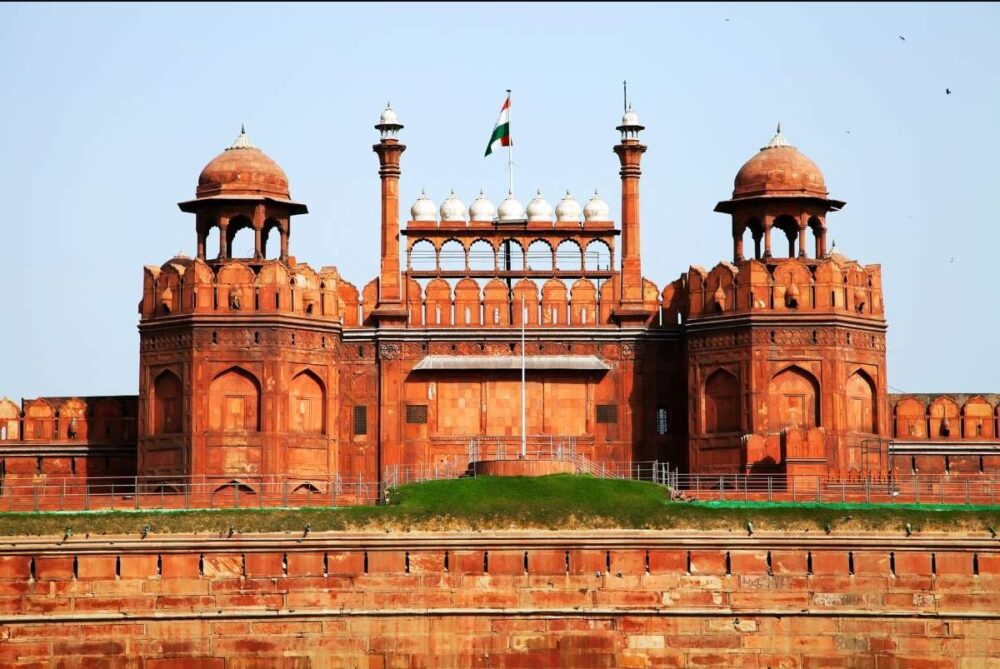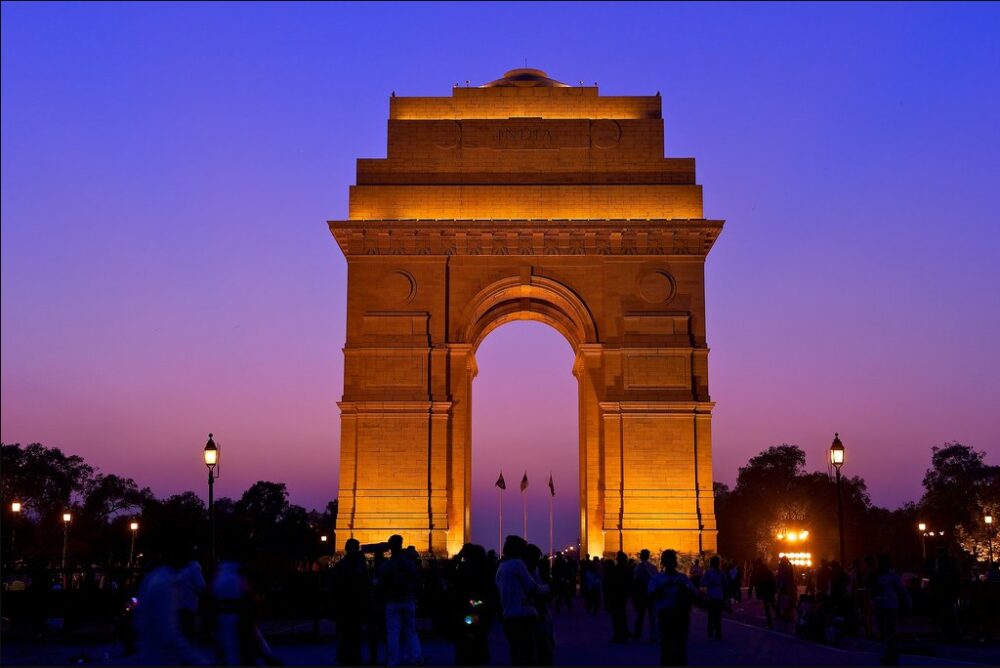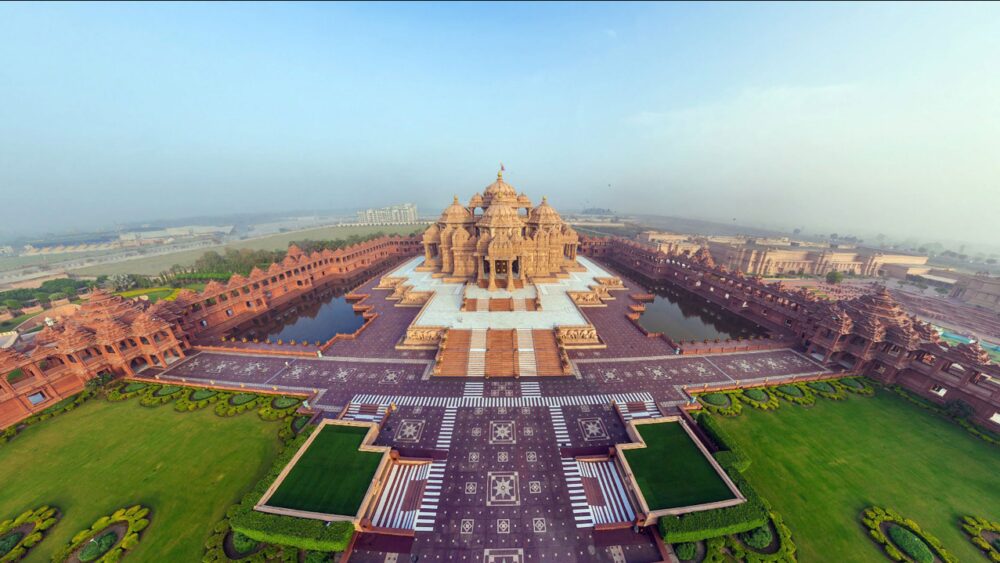Capital of India
The capital of India is New Delhi it is at a crossroads between the trade routes that came from Europe and traveled through the plains of the Ganges to the farthest East. Inabarcable city in every way. It extends over a vast expanse of the Iamuna River plain and the growing population, poverty and high levels of pollution are distinctive symbols. Independently of these factors prevail historical, architectural and culinary marvels at every step in the tour of the city also called the great contradictions.
Origins
The capital of India is New Delhi it is considered one of the oldest cities in the world because its origins date back to approximately 1200 a. C. On it have been successively built up to seven different cities, one on the other. Founded by the Mughal emperor, Shahjahan, who gave it the name Shahjahanabad (Old Delhi) and made it the capital of the country.

Interesting Facts about New Delhi
History
The capital of India is New Delhi has been the capital of India since independence in 1947. It emerged as a planned city, built capital to the south of the old urban area and named thus when the English governors moved from Calcutta in 1911 the capital of British India to this city. It remains the independent capital of India. The architect Edwin Lutyens was in charge of planning the city. He designed a spectacular administrative area, legacy of British imperialism.
The modern capital is actually the sum of two cities: Old Delhi crowded into the dirty, narrow alleys of the compound, surrounded by the ramparts of the Red Fort, and New Delhi, the opposite pole, site of the grand Imperial Citadel, Tree-lined boulevards and spacious bungalows designed by Lutyens and Baker in the 1920s. After decolonization, as of 1947, the city experienced spectacular development especially in the suburban area. A new city was born, New Delhi, and was officially declared the seat of Government and Indian Parliament.
Do you know about the capital city of Iceland ?
There were massive migrations between both countries and there were large-scale bloodbaths. After being for centuries mostly Muslim, Delhi became after 1947 in a Hindu and Sikh city whose official language is panyabi. At the same time, the population doubled, despite the massive exodus of Muslims. This surprising and artificial demographic change explains in large part the hardness and insecurity of the city. In a way, it is a city of only half a century old.
Demography
The municipality of New Delhi has a population of more than 340 000 inhabitants. In 2003, the Capital National Territory of Delhi – of which New Delhi is a part – had a population of 14.1 million making it the second largest metropolitan area in India after Bombay. There are 821 women per 1000 men and illiteracy is 81.82%.

Geography
New Delhi has a total area of 1483 km². Most of the territory is located on the west bank of the river Yamuna, and are near the river Ganges and the Aravali.
The city is located at an altitude between 65421 and 305 meters above sea level. Geographically it is located in the northern part of the country. It borders on the states of Uttar Pradesh and Haryana.
Weather
The climate is monsoon. It has two seasons, one humid, in the summer, from late June to late September and a longer drought lasting the rest of the year. As of mid-April, temperatures are rising inexorably. During most of the months of May, June and July the thermometers remain around 45 ° C (113 ° F) until the monsoon arrives.
The rainiest months are July and August, the rest of the year the rains are scarce and occasional with abundant days of sunshine with fog and fumes from the air pollution. Snow is scarce. Temperatures are mild in winter but contrasted between day and night as there is hardly any cloudiness. The highest temperatures occur in the spring months, as there is hardly any precipitation (April, May and June), surpassing almost every day 37 ° C, where it can reach 45 ° C. The summer is warm although not as much as spring; the fall as the winter is milder.
Most representative places
The city offers many places of interest and a rich architectural trajectory between the former residence of the British viceroys and present presidential palace Rashtrapati Bhavan, the Gate of India, memorial erected in honor of the soldiers who died during various wars; The tomb of Humayun, which is said to be the forerunner of the well-known Taj Mahal of Agra; The Raj Ghat or memorial of Mahatma Gandhi; The Lotus Temple or the remains of the ancient city of Purana Quila.
Of its monuments, the Qutab Minar and the tomb of Humayun have been declared Patrimony of the Humanity.
Significant cultural events
There are important events of a patriotic nature, such as Gandhi Jayani (Gandhi’s birthday), Republic Day and Independence Day, held annually in New Delhi and the rest of India. Most citizens of New Delhi celebrate India independence (August 15) flying kites, which are considered a symbol of freedom. On that day the prime minister of India addresses the nation from the Red Fort.

The Republic Day parade is a great cultural and military parade that shows the cultural and military diversity of India. Religious festivals include Diwali (Festival of Lights), Durga puya, Holi, Lohri, Maha Shivaratri, Eid ul-Fitr, Eid ul-Adha and Buddha Jayanti.
The Qutub Festival is a nocturnal cultural event during which perform musicians and dancers from all over India, with the Qutub Minar as background.
Other events such as the Flying Kite Festival, the International Mango Festival and Vasant Panchai (Spring Festival) take place annually in Delhi.











